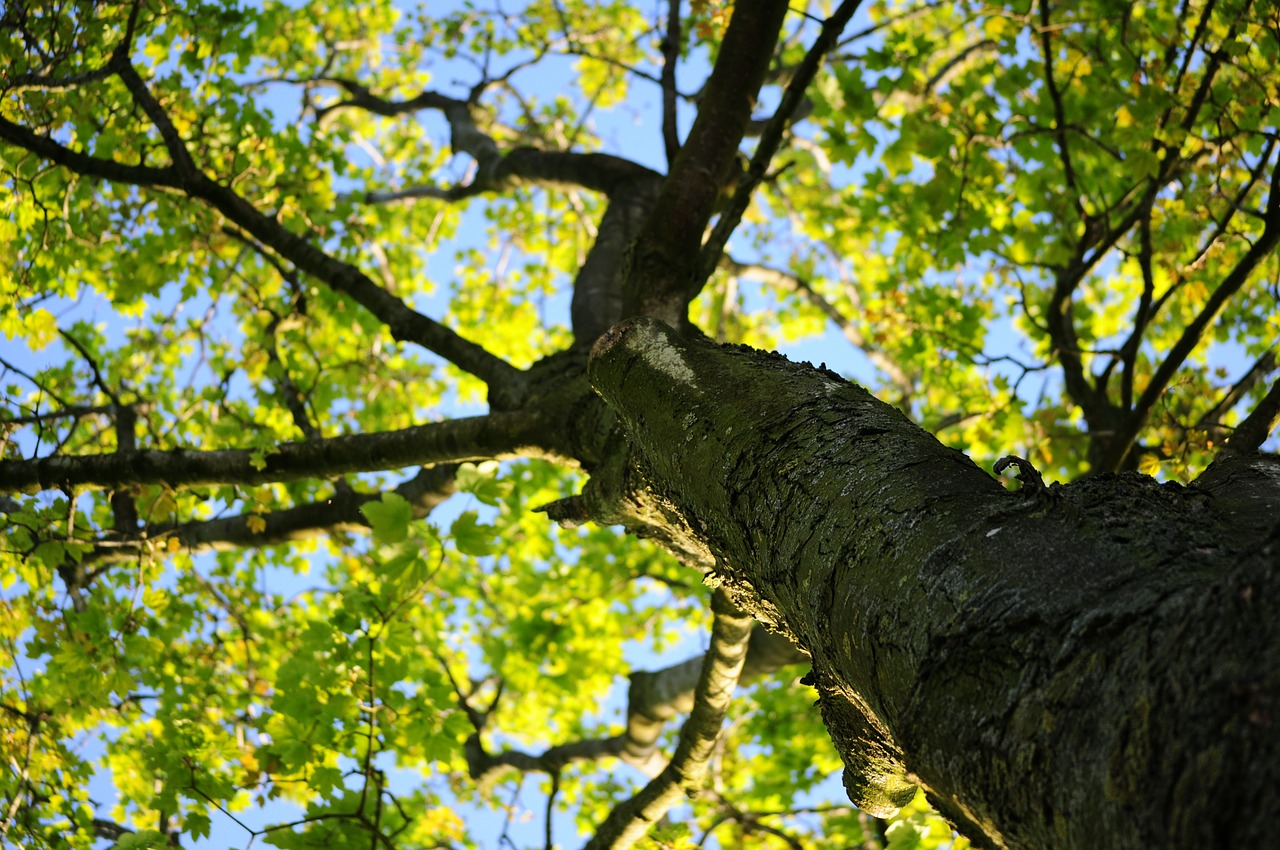Source: NWTF
Across the country, non-native and invasive species can wreak havoc on wildlife habitat, creating a monoculture that offers little diversity in structure, food and cover type. Wild turkeys and many other wildlife species thrive in habitats diverse in both structure and plant species. An ongoing agreement between the NWTF and the Ohio Division of Wildlife is bolstering wildlife habitat by targeting these non-native invasive plant and undesirable woody species on public wildlife areas.
“In partnership with the Ohio Division of Wildlife, we have recently invested approximately $100,000 to support the enhancement of forests and upland habitat on public lands,” said Ryan Boyer, NWTF district biologist for Michigan, Ohio and Indiana. “The work is primarily focused on treating non-native and invasive species that have inundated the understories on the Mosquito Creek Wildlife Area, Delaware Wildlife Area and the Wolf Creek Wildlife Area, totaling over 500 acres in enhancements.”
The 4,670-acre Delaware Wildlife Area is situated in central Ohio, north of the town of Delaware. The wildlife area is adjacent to the Delaware Reservoir and Delaware State Park. About 50 percent of the wildlife area is in old field habitat consisting of mixed grasses, briers and small shrubs.
The Delaware Wildlife Area is popular for various hunting opportunities, including rabbit, pheasant and deer.
The NWTF conducted a 61-acre woody non-native invasive species treatment at the Delaware Wildlife Area in numerous forest stands. Target species include multiflora rose, autumn olive, bush honeysuckle, burning bush and others.
In addition to the non-native invasive species, the NWTF conducted 15 acres of sugar maple treatment in trees less than six inches in diameter at breast height. Removing the sugar maple from this mid-story on this site will allow for increased sunlight to reach the forest floor aiding the regeneration of hard mast-producing species such as oak and hickory.










